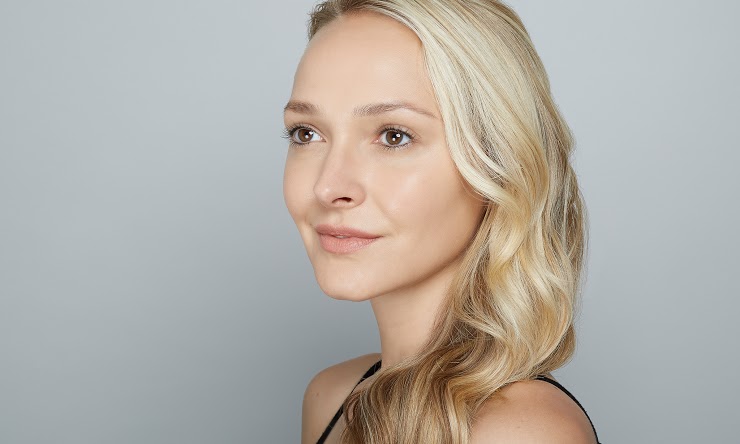
The National Park Service conducted a study of the quietest and loudest places in the United States, highlighting the areas with the highest volume (no pun intended) of noise. Minneapolis was among those areas. Aside from the usual suspects, such as sirens and car horns, one could figure a lot of it is generated at the Mall of America, where the whoosh of roller coasters, cha-ching of cash registers, and AAAAAHHHHs of toy-crazed kids create a deafening cacophony. All this noise isn’t ideal, particularly for those suffering from sound-induced headaches. To help solve this health concern in Minneapolis, Botox has become a viable remedy.
The FDA greenlit the use of Botox for headaches in 2010 after studies showed that patients who received the injections for crow’s-feet and frown lines reported experiencing fewer headaches. But make no mistake—Botox is not a catch-all remedy for any type of cranial discomfort. Read on for more info about how the treatment works, and who it works for.
First things first: how many times will they stick me?
Let’s not sugarcoat this: each session involves 31 total injections across seven zones on the head, neck, and shoulders. But it’s not as bad as it sounds. Botox’s manufacturer, Allergan, recommends doctors use a very fine, 30-gauge needle. Plus, the whole shebang takes 10–15 minutes, and you only have to do it once every three months.
Wait—every three months? I have headaches way more often than that.
Of course you do, but Botox was approved by the FDA as a preventive method. Most people’s symptoms improve after the first month, but it’s recommended that patients undergo two treatment cycles, which takes 24 weeks, to see results. In time, Botox injections can eliminate up to nine headache days a month.
So exactly how does Botox work for headaches?
That’s unclear. Initially, it was thought that Botox’s ability to reduce muscle spasms might be the answer, but that theory has since been debunked. Some scientists now speculate the injections may block the release of certain neurotransmitters to nervous systems. But that hasn’t been proven, so it’s anybody’s guess at this point. Although that may seem surprising, it shouldn’t, considering doctors still don’t know the causes of some headaches.
OK. Well if they don’t know how it works, how can I tell if it’s working?
Good question. Allergan recommends keeping a headache diary tracking the days you have headaches, how long the pain lasts, and the headaches’ potential triggers. You can also record other medications you’ve tried and document whether or not they’ve worked for you. Ideally, over time, you’ll see fewer and fewer headache days on your calendar.
You said this wasn’t a catch-all remedy. How do I know if I’m a candidate?
So far, Botox has only shown to be effective for adults who experience 15 or more days of headaches each month. And not just any headaches, but chronic migraines—the ones that last for at least four hours and are accompanied by nausea, vomiting, and sensitivity to light or sound. Researchers estimate this is about 12% of people.
Click to read more about the side effects of Botox for migraine treatment.